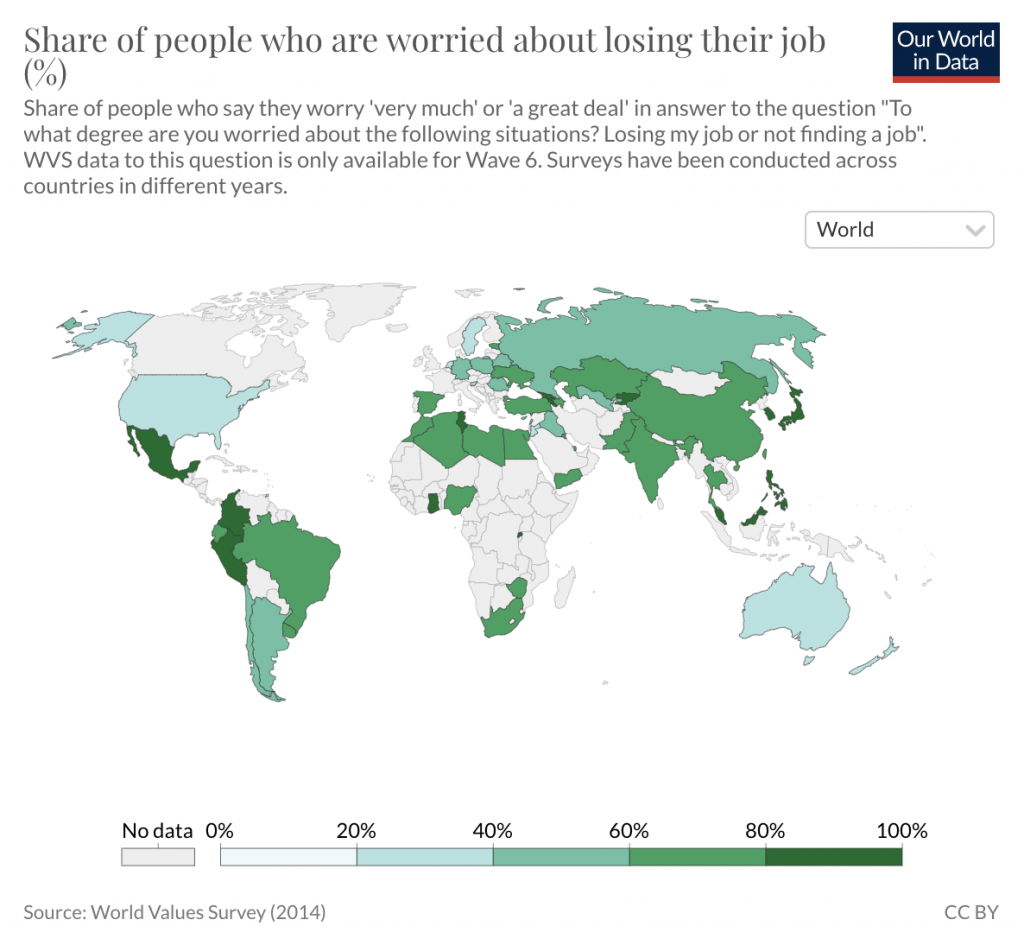I realise this is a departure from my usual blog. I recently got the second shot of the Coronavirus vaccine, and I felt like a weight had been lifted off my shoulders. But I soon realised that nothing had changed. A couple of days after getting my shot, I learned that one of my neighbours, who coincidentally is a doctor and fully vaccinated, was tested positive.

At the end of the day, we still have to wear masks and practice social distancing. And I urge you to continue wearing masks, practice social distancing, try self-isolation (at least as much as you can before going bonkers), and hand sanitise, at least until COVID-19 is well and truly behind us. Just because you have been vaccinated doesn’t mean you are fully protected against the coronavirus infection; it merely reduces the chances of developing complications by helping your body develop antibodies. Keep in mind, most vaccines have only about 90% efficacy.
But why isn’t COVID-19 just going away? Why does it keep evolving and mutating?
The simple answer is because we are giving it time to evolve and mutate. Even today, a vast majority of the world’s population remains unvaccinated; only about 30% of the world’s population is fully vaccinated (status on Sep 14, 2021, see the chart below). There are several reasons for this – from the lack of availability of the vaccine in certain areas to false information being spread and an inherent mistrust for vaccines.

So, why is it so hard for us to believe highly educated and qualified scientists and doctors, who have worked endless hours to get us COVID-19 vaccines in record time, but are swayed by celebrities and politicians who tweet for publicity and whose only research is a cousin in Trinidad who won’t get the vaccine because his friend got it and became impotent (a reference to a recent Tweet by a popular rap star).
The answer is FEAR. All we need is a kernel of doubt to be planted in our minds, and our imagination will do the rest.
People are afraid of the unknown
There are many reasons people come up with for not taking the vaccine or for looking at alternatives. I can understand the fear, but more than a billion people worldwide have already taken the vaccine, and it has worked out well for the overwhelming majority of them. It is no longer the unknown.
People are afraid of the government – because they “rushed” the vaccine to look good in the eyes of the voters or to blame the inaction of the opposition

As for the government rushing the vaccine (which they did), this is a legitimate concern. Do you want to put something in your body that was rushed or not tested enough? The fact of the matter is that researchers were already researching vaccines for other coronaviruses for years, so when COVID-19 hit, they were already ahead of the game. In the US, “Operation Warp Speed” wasn’t about rushing the science but about cutting down the bureaucracy. Researchers were able to compress the timeline for the development of the vaccine; things that were done in sequence were done in parallel to save time.
People are afraid of the side effects of the vaccine
Most medications will have side effects; you can usually find the warning on the label. For a vast majority of people, the side effects from the COVID-19 vaccine will just be minor – headaches, cold or flu symptoms, fever, and body pain are some of the most common. Serious side effects like anaphylaxis are very rare (example: 4.7 cases/million for Pfizer-BioNTech and 2.5 cases/million for Moderna, for vaccine doses administered) and usually only occur for cases with a history of allergy.
People are afraid of big corporations – they have the right to be because most big corporations are out to get your money
The greed of man can be astounding, and it won’t surprise me to find out that some might have cut corners or taken other underhanded steps to increase their profits. But this is the COVID-19 pandemic, and the eye of the world is riveted on this. And it will be a brave (and in this case, by brave I mean psychopathic) company or executive that will play around with results that can impact millions of lives. But I still wouldn’t put anything past man’s greed, but that would not be more than the usual (cynical, I know).
The point is, we have to flatten the curve. We must develop herd immunity. And for this to happen, more people must be vaccinated. Because if you do not take the vaccine, you might not be affected by COVID-19, but you can still spread it to other people, becoming a carrier and helping the virus mutate. Encourage your friends, neighbours, and family to get vaccinated.

Managing healthcare is never easy, but don’t worry, we got you covered. For more information on our 100% online Master’s degree programmes, chat LIVE on WhatsApp with one of our Education Advisors for personalised guidance through the application process.























